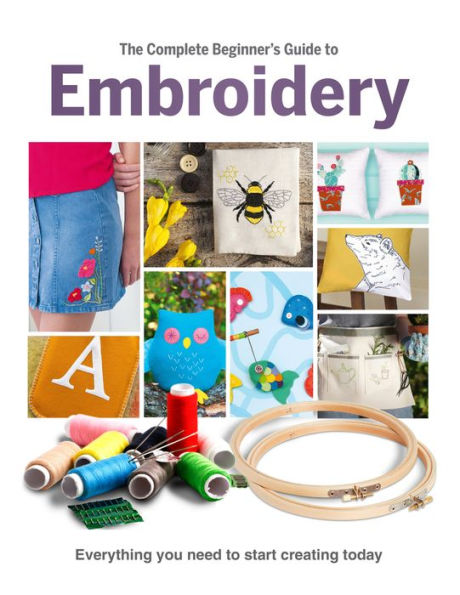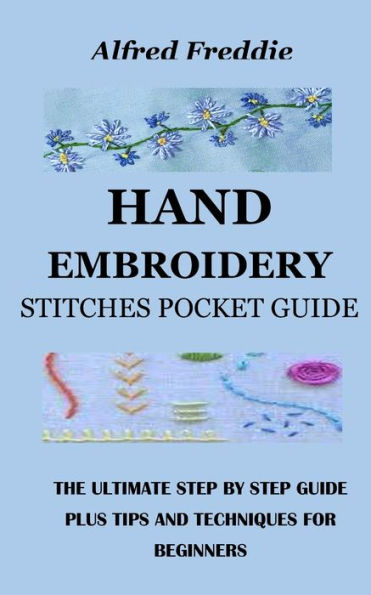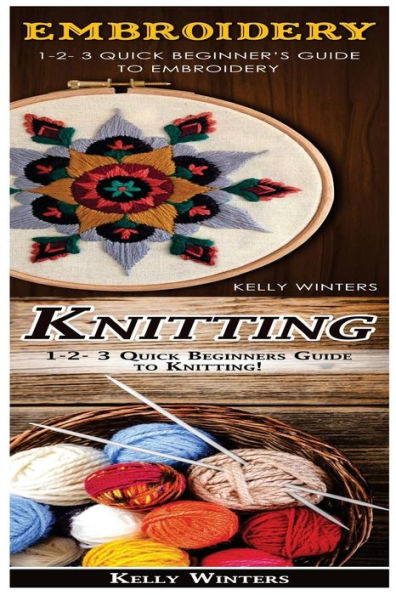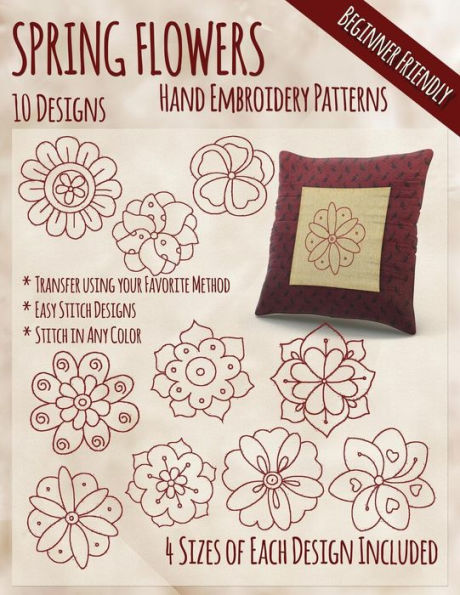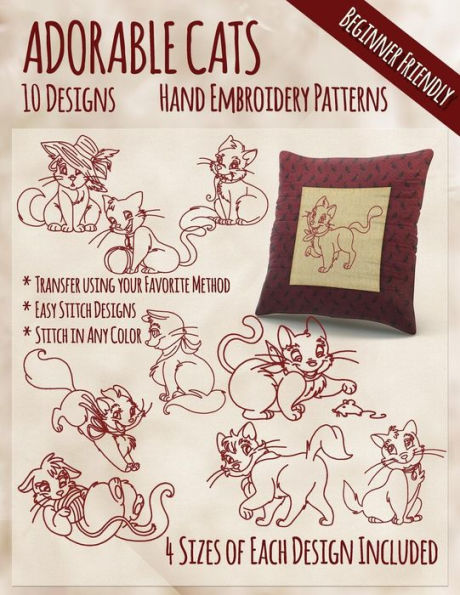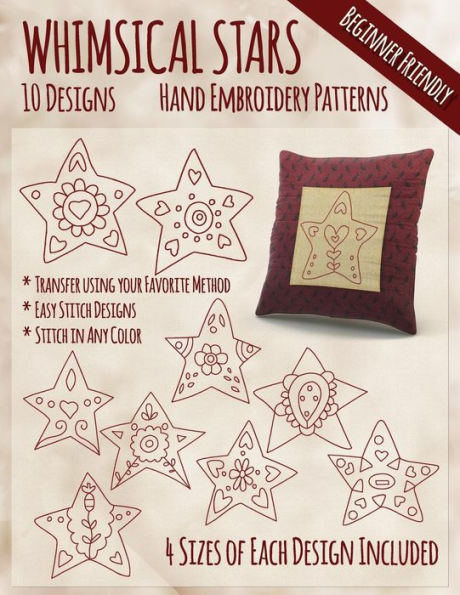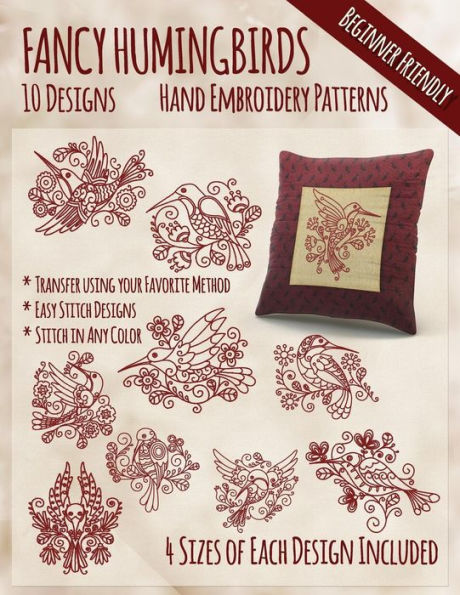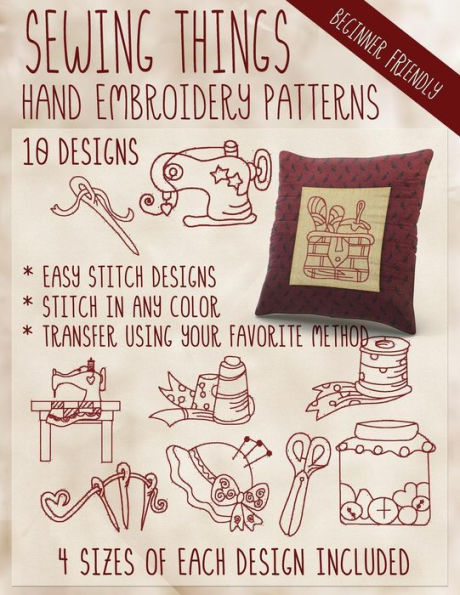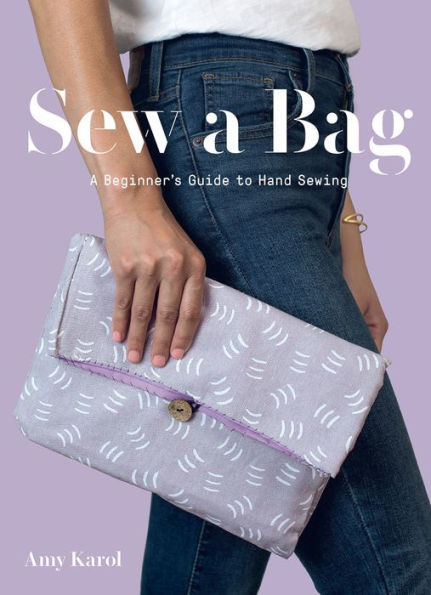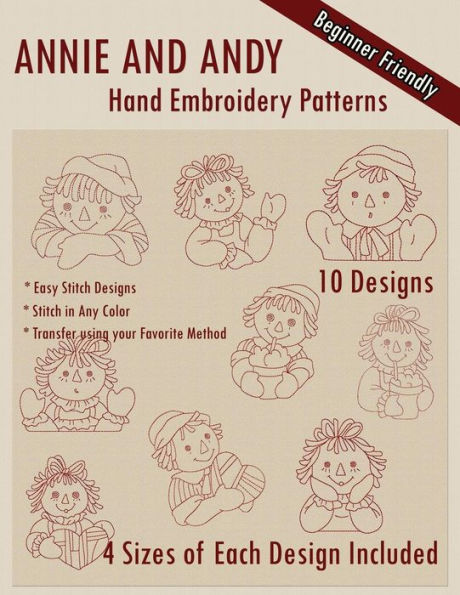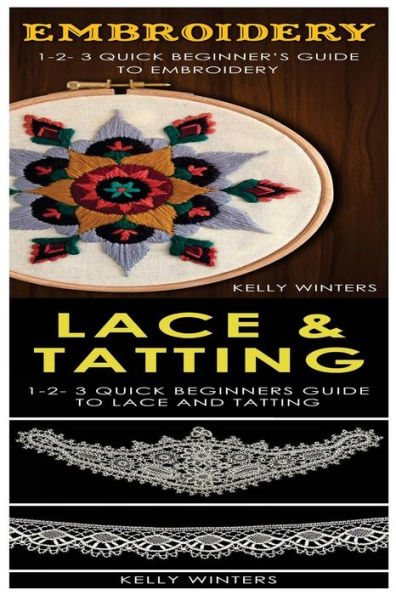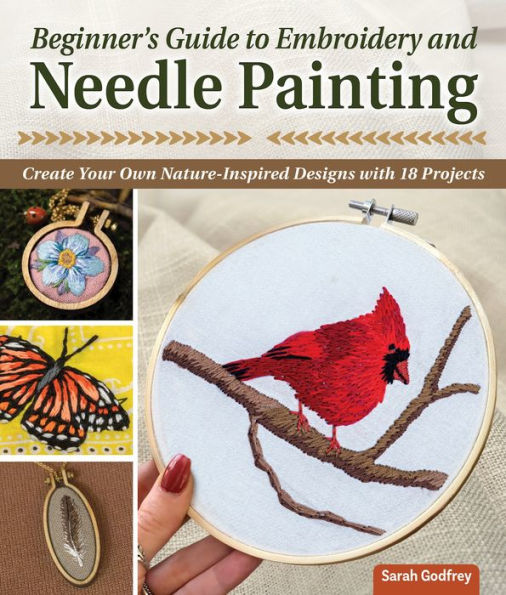Home
Hand Embroidery: THE ART OF HAND EMBROIDERY: A BEGINNER'S GUIDE


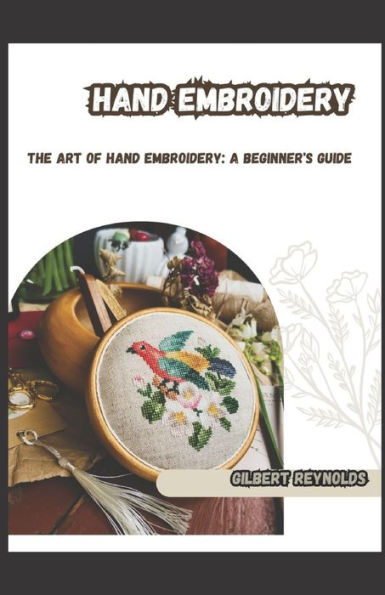
Hand Embroidery: THE ART OF HAND EMBROIDERY: A BEGINNER'S GUIDE
Current price: $13.50
Loading Inventory...
Size: OS
INTRODUCTION
INTRODUCING THE ARTWORK OF HAND EMBROIDERY AND ITS REPUTATION AMONG HOBBYISTS AND CRAFT FANS
In a trendy, rapid-paced world in which generations have taken over diverse elements of our lives, there is a developing choice among people to reconnect with conventional arts and crafts. Hand embroidery, a centuries-old approach, has received a gigantic reputation among hobbyists and craft fans, offering an innovative outlet that permits them to gradually develop their artistic capabilities and create unique pieces of art.
Hand embroidery, also referred to as "needlework," is the artwork of adorning material with the use of a needle and thread. It includes developing problematic designs, motifs, and patterns by means of sewing on specific forms of cloth, which include cotton, silk, or linen. The system requires persistence, precision, and creativity, making it a meditative and profitable interest for individuals who have interaction with it.
One of the reasons why hand embroidery has become increasingly popular among most people is its accessibility. Unlike other artwork forms, which can require expensive devices or specialized tools, embroidery may be executed with only some fundamental resources. All you need is a needle, embroidery floss, a ring to keep the material taut, and a piece of fabric to sew on. This simplicity makes it a reachable artwork shape for people of every age and talent tier.
Moreover, hand embroidery offers a wide variety of techniques and styles to explore, giving people the freedom to express their creativity. From conventional and conventional designs like go-sew and crewelwork to greater present-day and modern-day patterns like unfastened-motion embroidery and Sachiko, there is something for all people to strive for. With endless resources to be had, such as tutorials, patterns, and online communities, novices can easily examine the basics and steadily expand their skills.
Another reason for the popularity of hand embroidery is its therapeutic benefits. In a world where stress and tension are established, many humans are turning to creative activities as a form of rest and self-care. The rhythmic motion of stitching, the concentration required to create intricate designs, and the delight of completing a task can all contribute to an experience of calm and mindfulness. Embroidery lets people disconnect from the virtual world and immerse themselves in a sluggish and mindful pastime that may be exceptionally soothing.
Furthermore, hand embroidery offers an experience of nostalgia and connection to our cultural background. Many conventional embroidery strategies were passed down through generations, and by training them, we are not only retaining those crafts but also paying homage to our ancestors. Embroidery can also be a way to express explicit personal narratives and stories, making it a deeply significant and personal art form.
In recent years, the resurgence of interest in crafts and handmade goods has given hand embroidery a brand new reputation. Increasingly more people are appreciating the beauty and area of expertise of handcrafted items and valuing the time, effort, and ability that go into developing them. Hand-embroidered portions are not only loved for their aesthetic enchantment but also for the love and determination that artisans put into every stitch.
